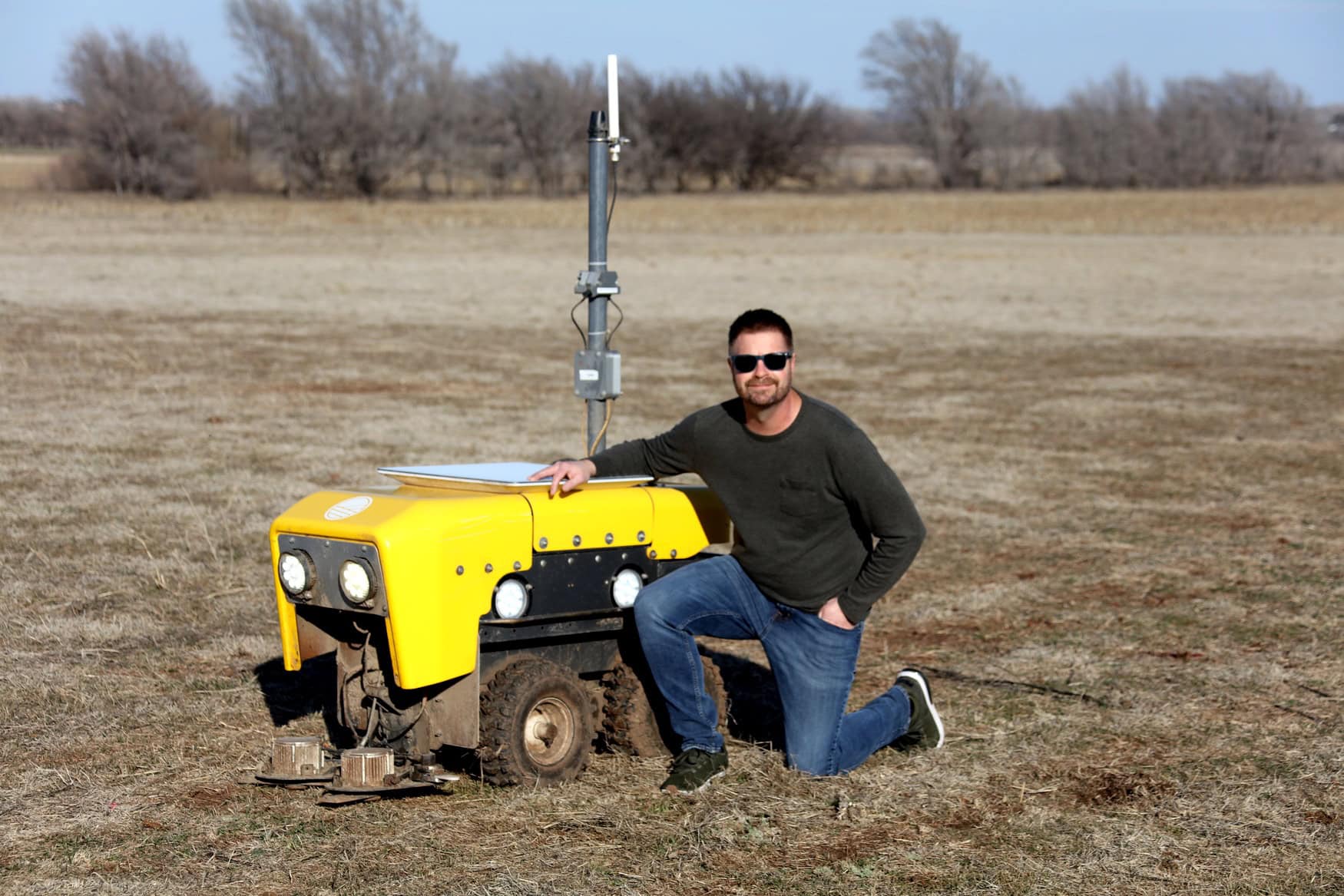Selective spraying may help in managing resistant weeds

Selective spraying is revolutionizing weed management by targeting weeds individually within crops or on fallow ground, significantly reducing herbicide use by 60% to 90%, depending on weed density. This technology, which detects and sprays only weeds, has evolved over the past 20 years, particularly in the southern hemisphere, where it treats extensive acreages.
Selective spray systems are divided into two types: brown-on-green and green-on-green. Brown-on-green systems, such as John Deere’s See & Spray Select and Trimble’s WeedSeeker 2, identify green plants in fallow ground. Green-on-green systems, including John Deere’s See & Spray Ultimate and Trimble’s Bilberry, detect weeds within crops. These systems use cameras or near-infrared sensors to identify weeds.
The benefits of selective spray systems are notable. They reduce herbicide application costs and provide visual maps of weed locations and densities, which are valuable for agronomists. These systems also help manage herbicide-resistant weeds by allowing the application of different herbicide modes of action, especially with dual-tank setups. Selective spray systems can detect weeds as small as 1/4 inch.
However, green-on-green systems have limitations. They require slower application speeds of 9 to 12 mph to accurately identify and spray weeds. Additionally, these systems need a clear contrast between the weed and crop, which can be challenging with similar plants, such as wild oats in wheat. Access to extensive weed and crop identification libraries is essential, and companies like John Deere charge a fee for this service.
Selective spray systems currently work only with contact herbicides, which kill weeds upon application to their leaves. They are not designed for residual herbicides, which require broadcast application. Some systems can apply both spot spray and residual herbicides in one pass with a dual-tank setup. Spraying at night requires additional lighting or different camera systems, as green-on-green systems may not function in low light, unlike green-on-brown systems.
As selective spray technology advances, the accuracy and efficiency of these systems will improve, and the libraries of weed and crop images will expand. Selective spray green-on-green is emerging as a vital tool for managing resistant weeds and reducing herbicide use in agriculture.



